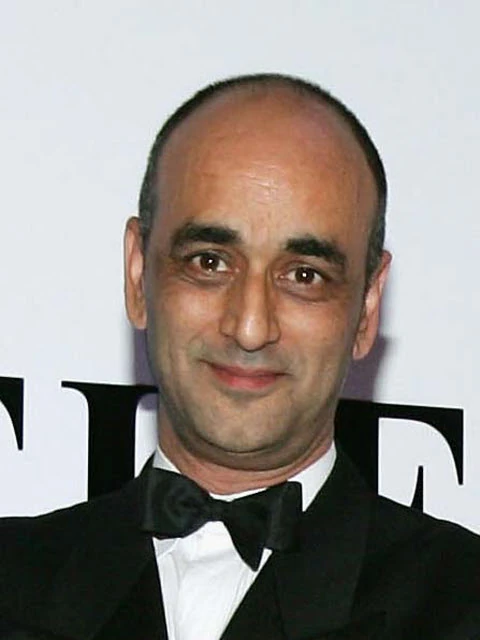As I noted in the 2015 post, I actually read loads of books, in the form of books for toddlers. I can't realistically keep track of all such books I read, but for one month, in October, I attempted to do so. Here is the list:
Miffy
Miffy at school
My First Numbers
Peppa’s Easter egg hunt
The Fire Engine
Peppa’s Gym Class
Peppa’s Pumpkin Party
Daddy pig’s Fun Run
Daddy Pig’s Office
Daddy Pig’s Office
Mum’s New Hat
The Golden Touch
Ouch!
The Monster Hunt
Funny Fish
Poor Old Rabbit
I Can Trick a Tiger
Dad’s Birthday
Missing!
Little Miss Sunshine and the Wicked Witch
Little Miss Naughty and the Good Fairy
Danger Dragon
Hungry Floppy
The Spaceship
Dad’s Birthday
Missing!
Floppy and the Bone
Girls' Potty Time
Mr. Nobody
Mr Topsy Turvy
Mr Messy
Mr Tumble's Sunny Day
The black and white baby book animals
Bunny and Bee can't sleep
My First Trucks
Mr Grumble
Mr Perfect
Poor old rabbit!
Super dad
I can trick a Tiger
The Monster Hunt
Ouch!
Missing!
The old tree stump
The spaceship
My very noisy digger
Hungry Floppy
Silly Races
Dad's Birthday
Funny Fish
Mum's New Hat
Floppy and the Bone
Dragon Danger
Blue chameleon
Numbers
Frieda and Bear
Hello Kitty first words
Winter
Guess how much I love you
Hello Kitty first words
Winter
Hello Kitty first words
Picnic Time
The snowman
Silly races
Dad's birthday
Funny Fish
Mums new hat
Hungry floppy
The spaceship
The old tree stump
missing!
Spike the spider
Baby Animals
Peppa favourite things
Peppa at home
Peppa at playgroup
peppa's garden
Peppa's Friends
Peppa's family
Looking After Gran
Guess How Much I Love You
Winter
Hello Kitty First Words
Spike The Spider
Baby Animals
I can treat a tiger
The monster hunt
Dragon danger
Floppy and the bone
Miffy is crying
Miffy at the seaside
Miffy the fairy
Miffy at the zoo
Miffy and the new baby
Spike the Spider
Hello Kitty First Words
The Golden Touch
Picnic Time
Funny fish
Dad's birthday
Silly Races
The snowman
Bod's Dream
Bod and the cherry tree
Peppa's new neighbours
Peppa at playgroup
Peppa's friends
Peppa at home
Peppa's favourite things
Peppa's garden
Peppa's family
Lines that wiggle
Zog
Meg and Mog
The golden touch
Mountain rescue
Looking after gran
Arctic adventure
Hello Kitty first words
Owl babies
Owl babies
Zog
Mr lazy
The very hungry caterpillar
The story of the little mole who knew it was none of his business
Mr noisy
Spot loves bedtime
Jack and the Beanstalk
Aye aye
Jack and the beanstalk
Meg and Mog
Spot goes to school
Where's Spot?
Spot's First Christmas
Zog
The golden touch
The hairy-scary monster
Arctic adventure
Pip and Posy The Snowy Day
Pip and Posy The Big Balloon
Dentist Trip
Super dad
Poor old rabbit
I can trick a tiger
The monster hunt
Dragon danger
Floppy and the bone
Spot says good night
Bread and jam for Frances
Peppa's Pumpkin Party
Miffy's bicycle
Miffy's birthday
Miffy in hospital
Miffy at School
Peppa's Easter egg hunt
The fire engine
Peppa's gym class
As you may have noticed, I read many books several times. I include the cover of one of them at the top of the post, since I always like to have an illustrative picture when I make a blog post.
































